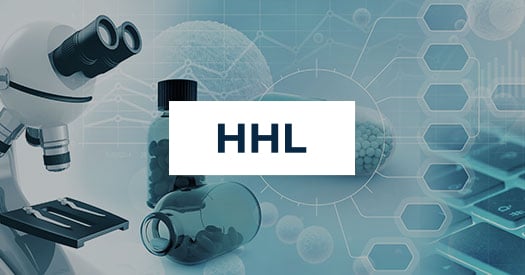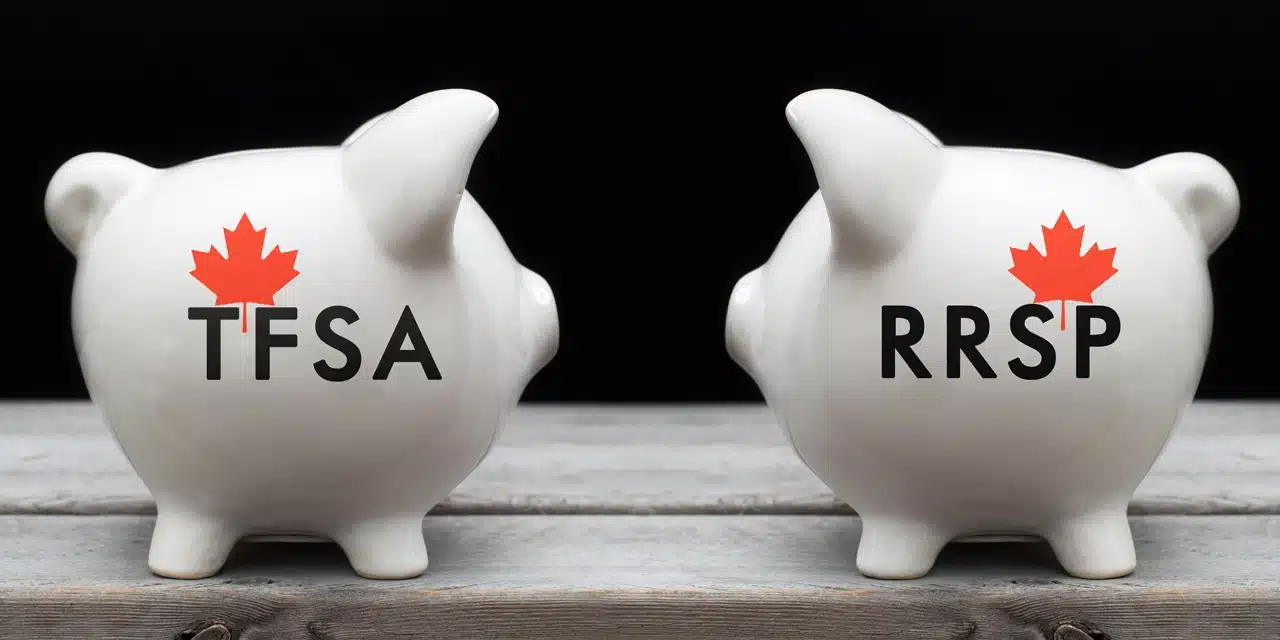By Harvest ETFs
Market cycles are often defined by their leaders. While many sectors and areas of the market can provide returns, the tone and tempo of market narratives are often set by the companies, styles and sectors that are broadly considered the ‘leaders.’
Take the past roughly 15 years as an example. The leadership story on markets was almost completely defined by technology. Tech leaders were synonymous with growth, and that growth was synonymous with leadership during a period of mostly uninterrupted bull market runs.
The bear market we experienced in 2022 hit the reset button on leadership. Not necessarily by removing tech as the key growth sector—it still shows plenty of attractive growth traits—but by resetting some of the fundamental dynamics in the market.
The end of near-zero interest rates has changed the liquidity picture on markets. Volatility, as measured by the VIX, has been structurally higher since the onset of the pandemic, and we are likely already in a period of slow economic growth—if not a recession. Rather than the pure-growth traits investors sought for leadership, in the near to medium term we see potential for leadership in areas that balance growth prospects and innovation with stability and consistency.
That sector is healthcare.
Why Healthcare can lead
The US healthcare sector is, in the eyes of many investors, a sleeping giant. Looking at just the 20 leading companies held in the Harvest Healthcare Leaders Income ETF (HHL:TSX) we see a combined market capitalization of $4.86 trillion, more than 150% of the total market cap of the S&P TSX Composite. These are huge companies in a huge sector, which covers business lines as diverse as pharmaceuticals, healthcare services, med-tech, biotech, and healthcare equipment.
The healthcare sector overall benefits from three structural long-term tailwinds. The first is the aging of the developed world. As the world’s richest countries get older, they are spending more on healthcare. In the US, for example, individuals aged 19-44 spend an average of $4,856 on healthcare, according to the National Health Statistics Group. That number rises to $10,212 in the 45-64 age bracket, and rises again to $19,098 in the 65+ age bracket.
The developed world is getting older. By 2050 28.5% of North Americans and 35% of Europeans are expected to be over the age of 60, according to the UN. As those places age, their older populations will spend more on healthcare. That demand is largely expected to be stable for the simple fact that people are less likely to cut expenditures on life-saving medications than they are on something more discretionary. Healthcare is therefore seen as a superior good.
The second tailwind is the economic growth of the developing world. Taking China and India as prime examples, the WHO has found that as those countries’ GDP has grown, their healthcare expenditure has grown at a faster rate. These huge markets are already being captured by some of the large-cap US healthcare leaders held in HHL.
The final tailwind is innovation. This is where healthcare demonstrates some of the growth traits exhibited by many tech companies. Beyond the big-news pharmaceutical innovations in vaccines and life-saving drugs, many healthcare companies are innovating new ways of conducting safer surgeries, delivering more efficient care, and monitoring the state of human health.
These three tailwinds inform our idea of healthcare leadership. Aging populations point to stable demand and visibility into earnings, which can help during periods of high volatility. A richer developing world implies long-term non-cyclical growth trends. The immense value created and captured by innovations can offer some of the growth prospects investors still seek in a leader.
An ETF for Healthcare Leadership
The Harvest Healthcare Leaders Income ETF (HHL:TSX) is built to capture all three of those traits. Through a portfolio of 20 large-cap healthcare companies, diversified across subsectors and styles, it is exposed to all three tailwinds.
In addition to its portfolio of leaders, HHL employs an actively managed covered call option strategy. Through the active selling of covered calls the ETF pays a high monthly cash distribution to unitholders. It can also monetize the volatility we see on the market, capturing higher options premiums during volatile periods.
We see in a post-2022 market, the need for leadership coming from a range of styles. Leadership needs growth, but it also needs stability, consistency, and ballast against market volatility. We see potential for that sort of leadership in the Healthcare sector, and we see a strategy designed to capture that leadership in the Harvest Healthcare Leaders Income ETF (HHL:TSX).













